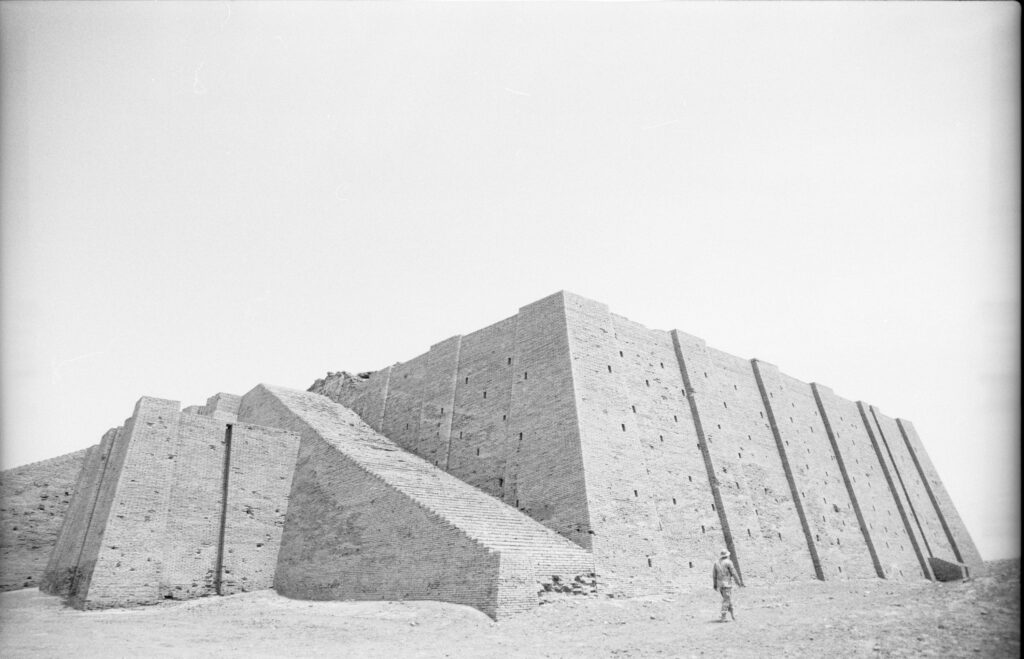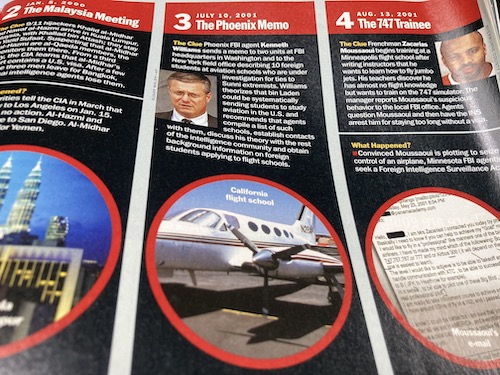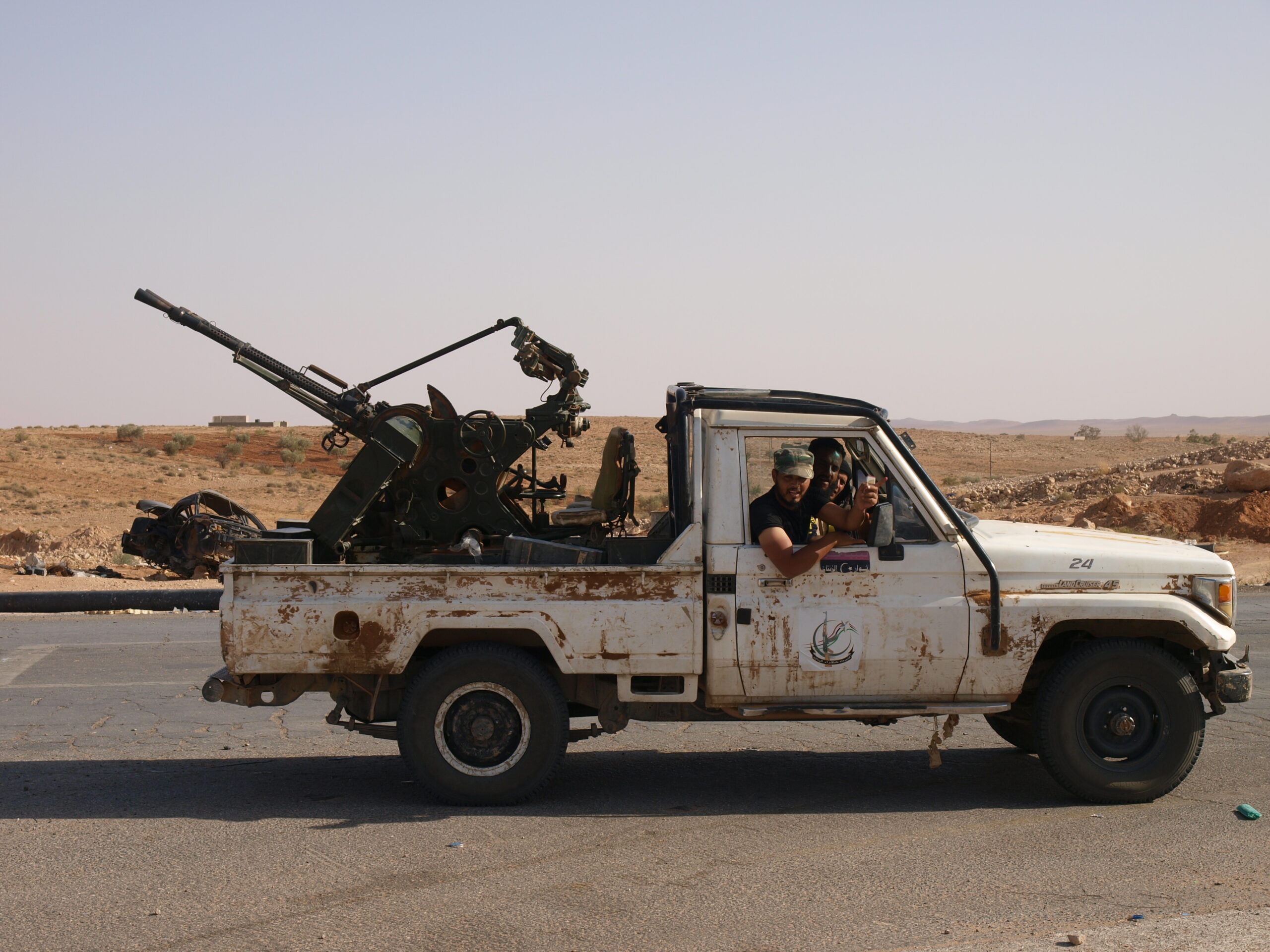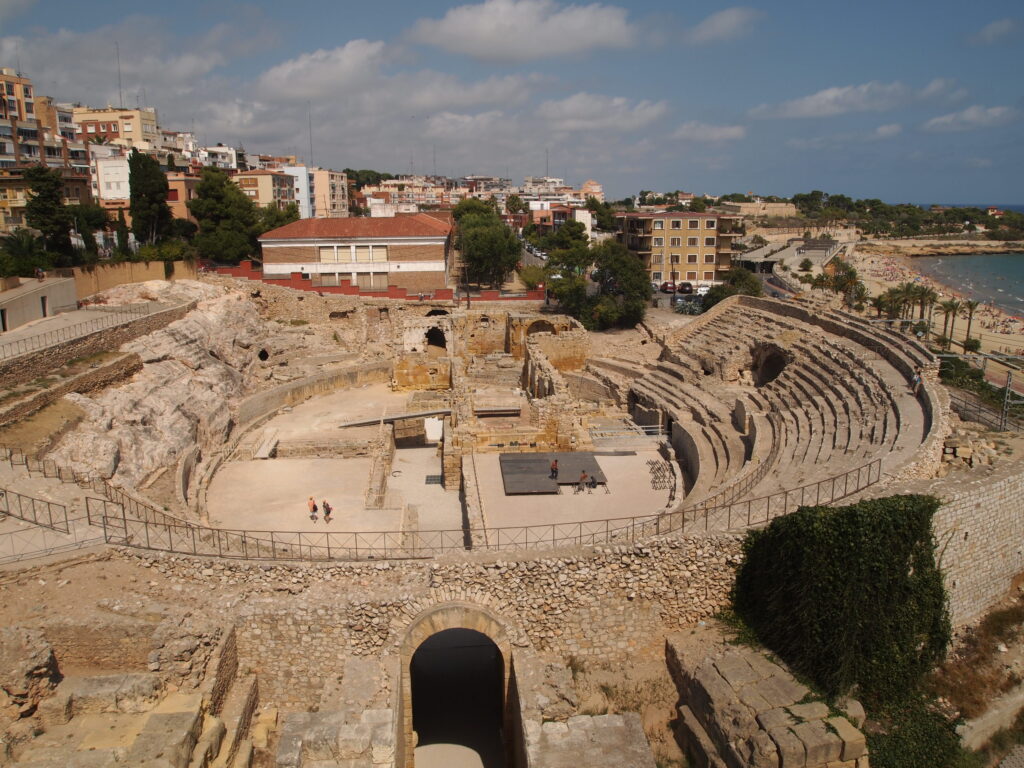
New York-In the past year or so I’ve spent an unprecedented amount of uninterrupted time here in these United States. Taboo to say at the time, but I departed NYC during three different lockdowns and went off on the highway exploring the country. Now that things appear to be liberalising I feel I can say that. One of my principle aims was to fill in missing gaps of the domestic history of 9/11, a subject that still drives me and yes, to the naysayers, is still extremely relevant. We are still living in country and world impacted, if not shaped, by these salafi-jihadi terror attacks (using the plural if one considers each of the four hijackings as a distinct incident).
9/11 was, is, of such significance that the events in the nearly 20 years since have not, in my view, supplanted nor diminished it. Not the “Arab Spring,” the rise of the so-called “Islamic State,” nor the coronavirus pandemic that has monopolised global news (at least in the Anglophone world) for well over a year. Of course there are vast, perhaps far greater existential threats to human life such as the climate crisis, formerly known as global warming,. and let’s not forget the prospect of a total nuclear war. But 9/11 exists in the visceral, viewable, relatable realm that doesn’t require the intellectual pedigree of the modern doomsday statistician. The Twin Towers collapsed before our eyes and on our TV screens. They occurred in a key global cultural node even if they attackers origins in western and southern Saudi Arabia remain fundamentally unexplored as if obscured by time coupled with the shifting sands of the adjacent Empty Quarter.
In the immediate aftermath of the World Trade Center’s destruction. I began looking into the lives of hijackers Nawaf al-Hazmi and Khalid al-Midhar in San Diego where I studied and lived at the time. The apartments they rented, the local mosques they attended, the flight school they enrolled in, a Texaco where one of them worked. I then looked into the doings of Hani Hanjour in Scottsdale, Arizona while driving from San Diego to NYC. I have basically never stopped doing this. There are so many locales, states and nation-states where the plot evolved it feels almost impossible to document it all. In twenty years I still have not found every locale that is findable from open source records and publicly viewable investigations. But I have recorded a hell of a lot of them, I have to think more than anyone else on this earth from California to New Jersey, from Spain to Malaysia.

I never imagined in late 2001 and early 2002 that nearly two decades later I’d still be doggedly documenting the trail of 9/11. Part of how this came to be is that the plot was so sprawling in terms of its geography. The young men who roamed our world in search of a cause, enthralled with an irredentist kind of salafism were in fact early adaptors to globalisation at the dawn of this thus far tumultuous century. They moved about the world quietly using human networks and the early days of the internet to cause calamity writ large. As I adapted to this brave new, chaotic world replete with terror wars and later the Arab Spring as it were, I found myself criss crossing or inhabiting much of the same landscape. Per example I was living in Barcelona and covering the war in Libya a decade ago and one day just decided to take a RENFE train south along the Costa Daurada to trace the hijackers paths in the towns of Tarragona, Cambrils and Salou just because. It was an interesting way to explore and sunny place once occupied by the Romans, Hispania Citerior.


As the world begins to fitfully open back up, I want to share some of the 9/11 history I’ve collected in the past year while dodging lockdowns here in New York City before the 20th anniversary of the attacks later this summer.